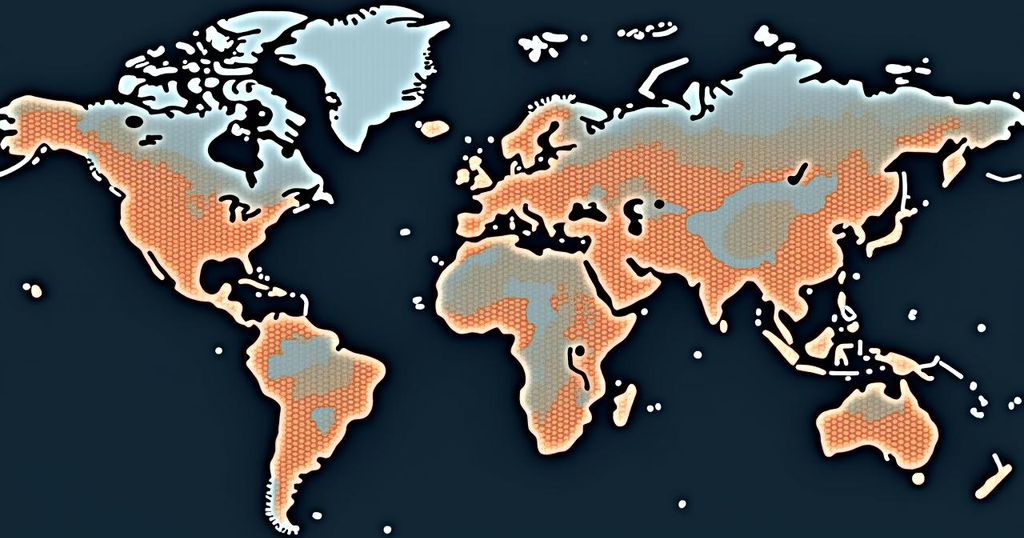New Earthquake Metric Reveals Countries with Highest Casualty Risks

A new metric, Earthquake Fatality Load (EQFL), highlights the five countries most vulnerable to earthquake casualties over the past 500 years: Ecuador, Lebanon, Haiti, Turkmenistan, and Portugal. The study emphasizes the need for improved disaster readiness and infrastructure in these regions while indicating a decline in fatalities due to enhanced emergency responses.
A newly developed metric, termed Earthquake Fatality Load (EQFL), has emerged to analyze variations in earthquake-related fatalities across different countries. This innovative system scrutinizes data spanning the last 500 years, identifying five nations that have experienced disproportionate loss of life due to seismic events. The study highlights that certain countries are more vulnerable to casualties, influenced by factors such as population size, tectonic activity, and disaster preparedness measures. The study’s findings indicate that countries like Ecuador, Lebanon, Haiti, Turkmenistan, and Portugal are at the greatest risk of high fatality rates in the event of an earthquake. These findings aim to elevate global awareness surrounding seismic risks in vulnerable nations, potentially fostering improvements in disaster readiness and infrastructure. The overall trend suggests a decline in earthquake-related fatalities over time across the 35 countries analyzed, attributed to better emergency response systems and infrastructure resilience.
The Earthquake Fatality Load (EQFL) metric serves as a vital tool for understanding the human impact of earthquakes on different populations. The research presented examines extensive historical data on earthquake-related deaths, providing insights into how mortality rates are affected by population dynamics and preparedness levels. The EQFL allows for a more nuanced evaluation of potential fatalities in the case of future seismic events, especially highlighting countries where small population sizes could lead to significantly greater impacts from relatively fewer casualties. This approach shifts the focus from simply historical fatalities to assessing the vulnerabilities in different regions to better prepare for impending earthquakes.
The study significantly shifts the understanding of earthquake vulnerabilities, emphasizing that smaller nations may endure greater impacts due to high fatalities relative to their populations. The EQFL serves an essential purpose in identifying at-risk countries and could spur necessary actions for enhancing seismic preparedness. The downward trend in fatalities observed over time signifies improvements in emergency responsiveness and infrastructure resilience against earthquakes.
Original Source: temblor.net








